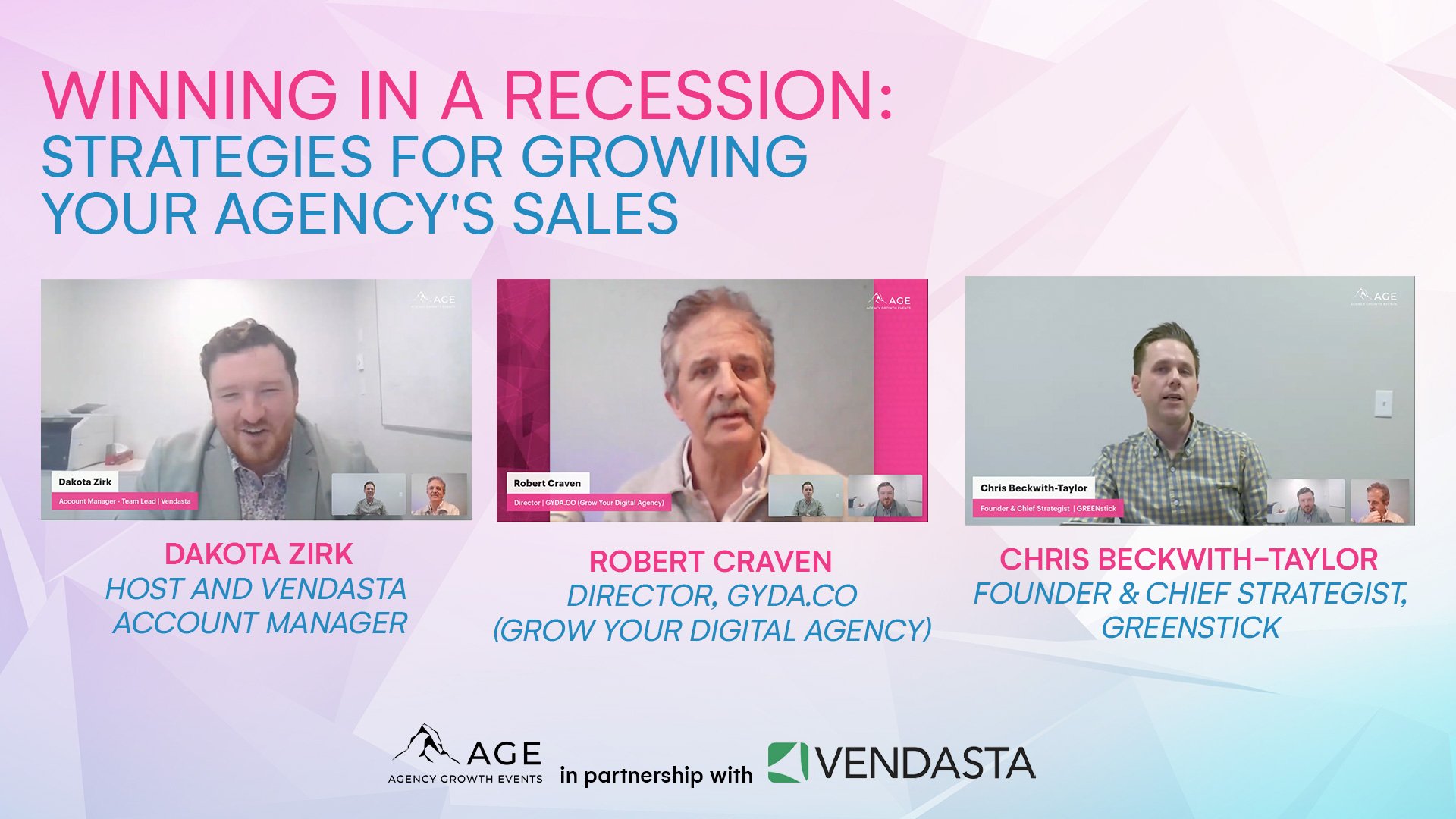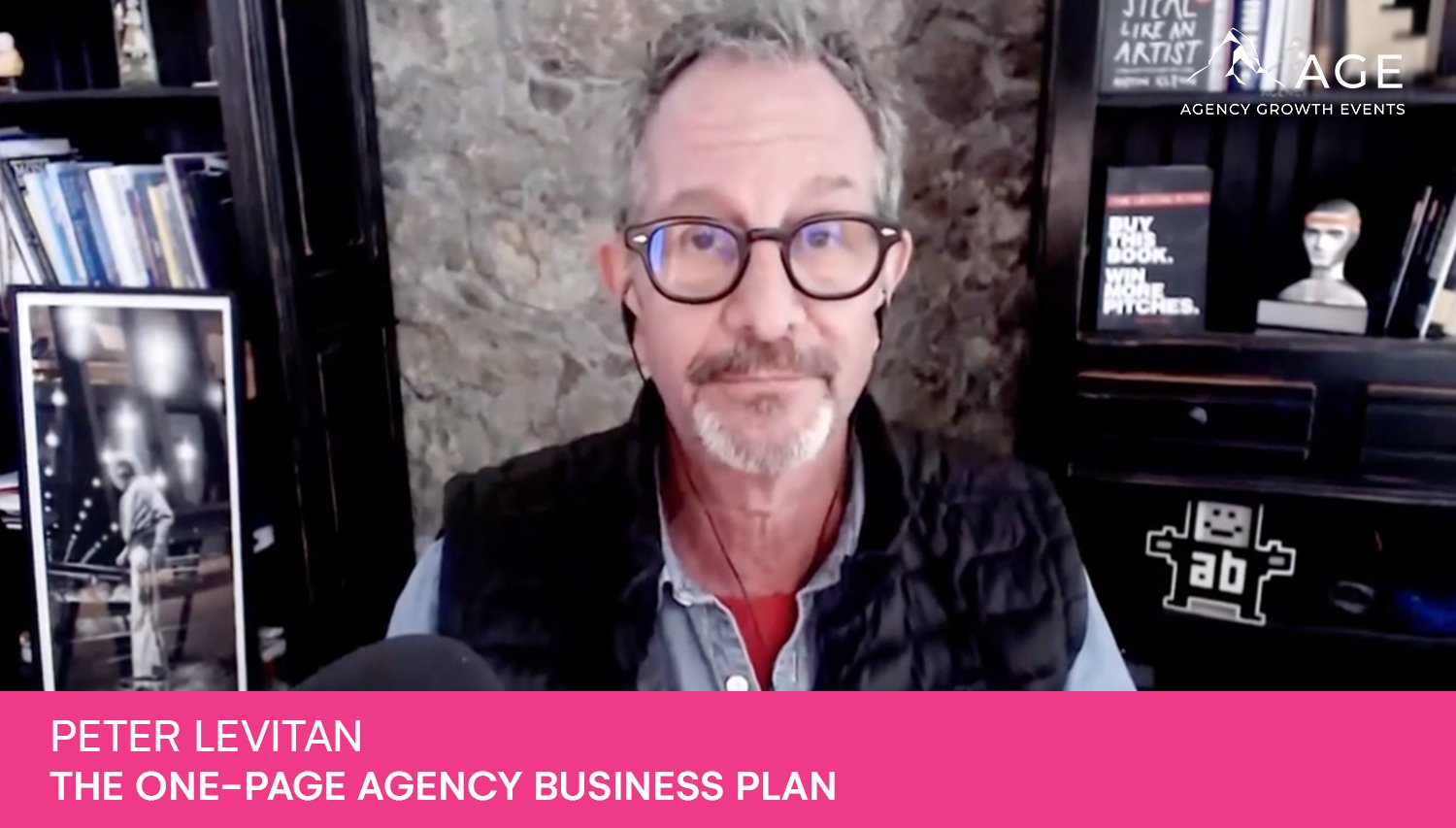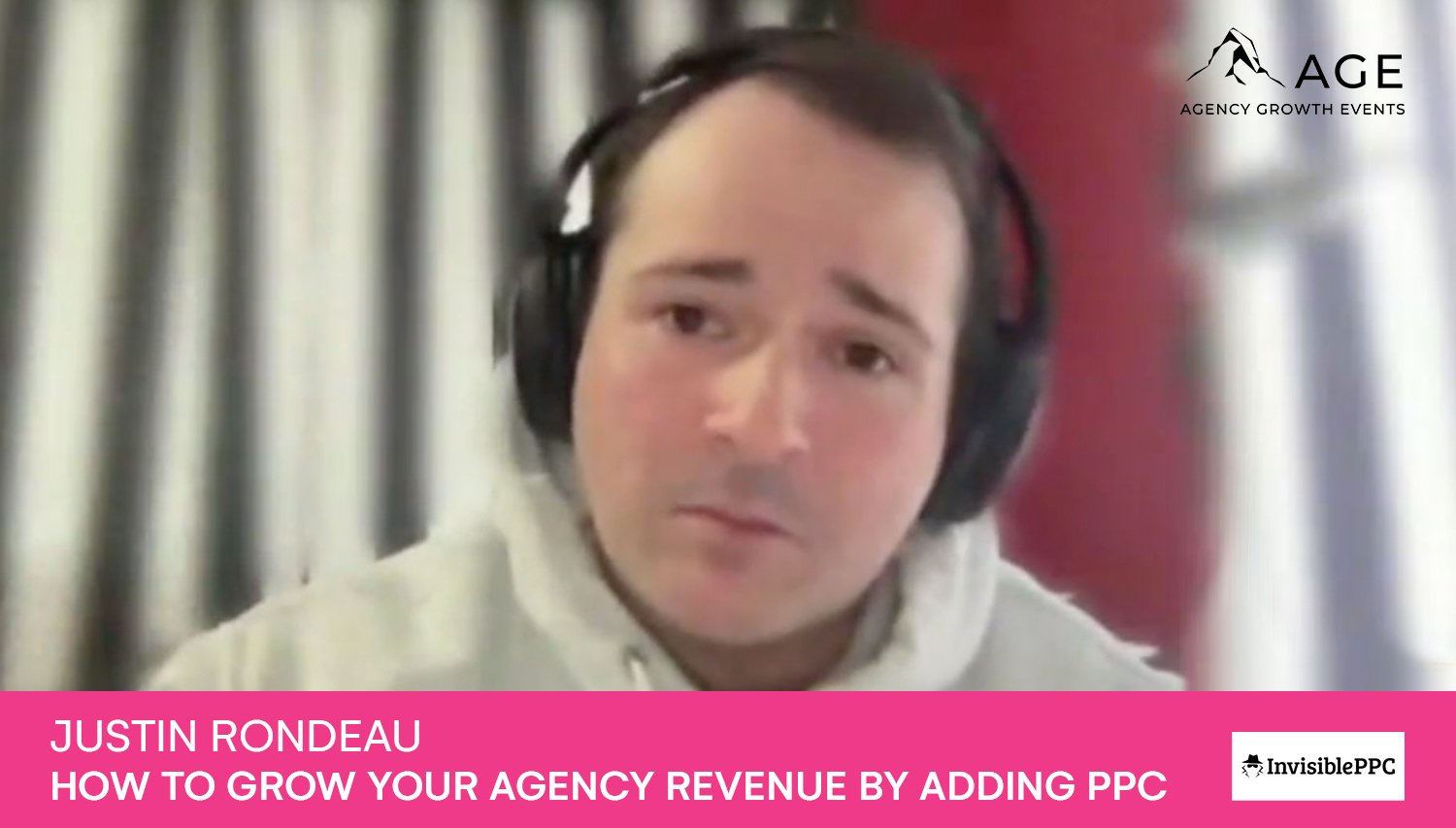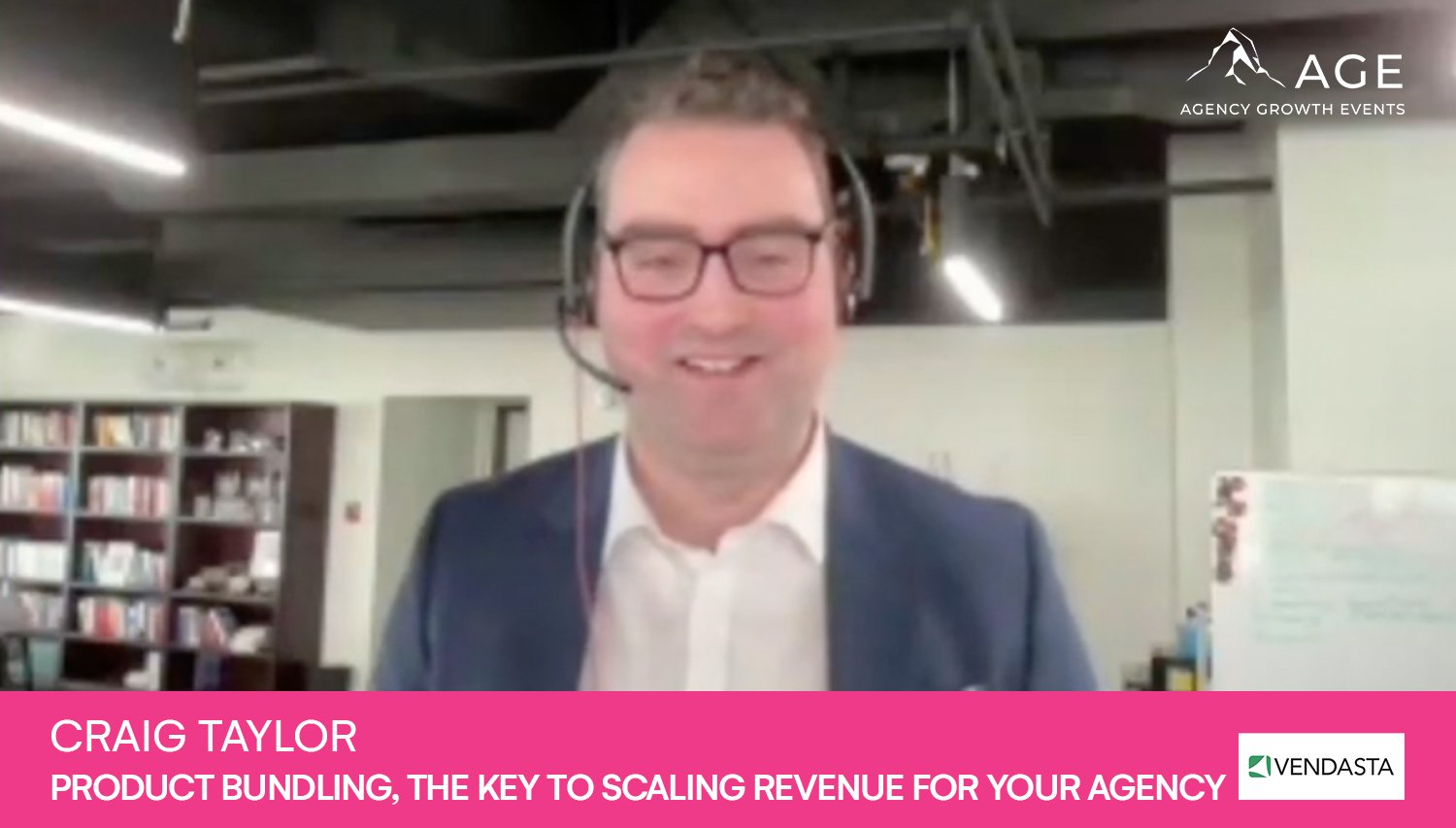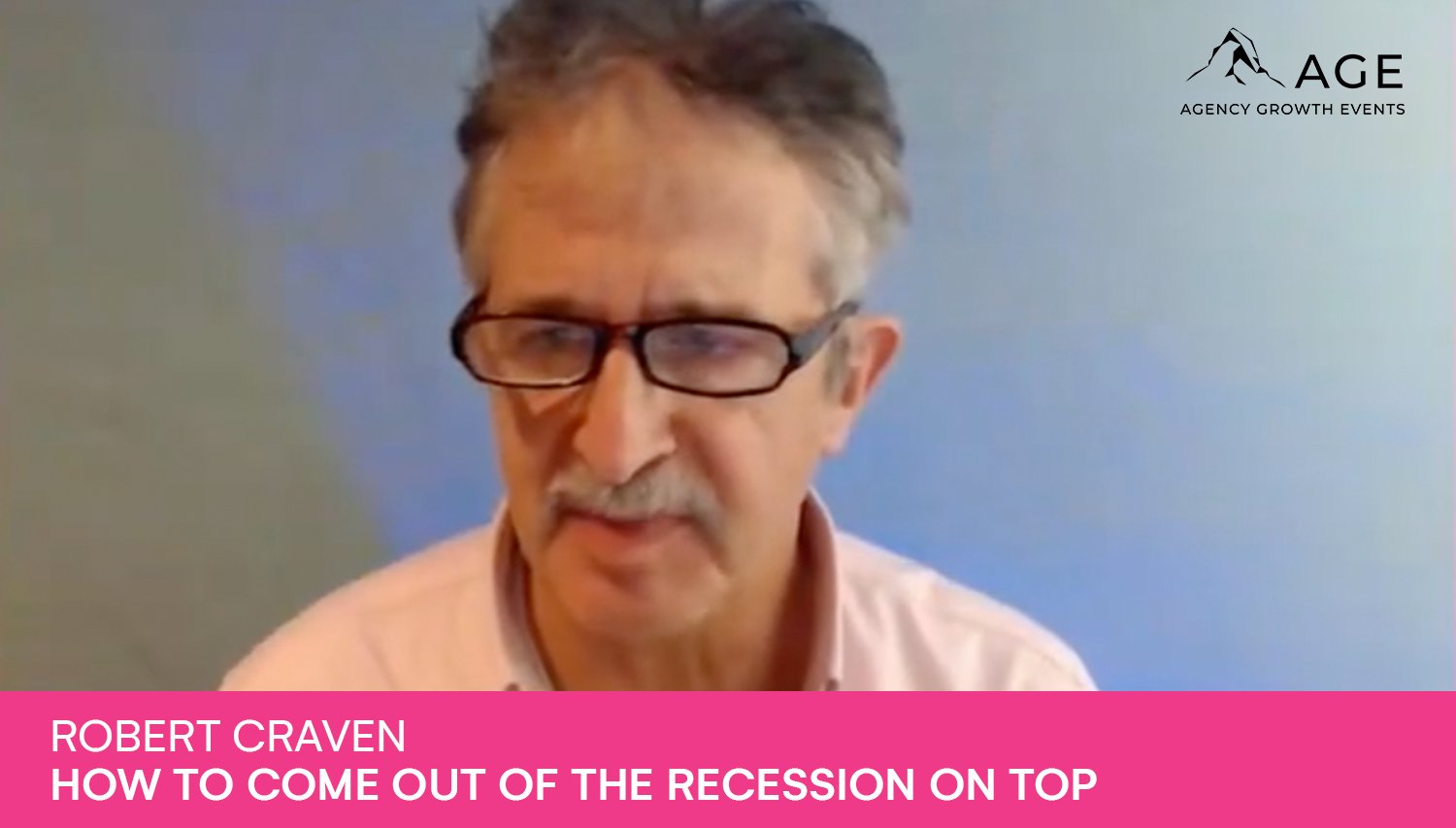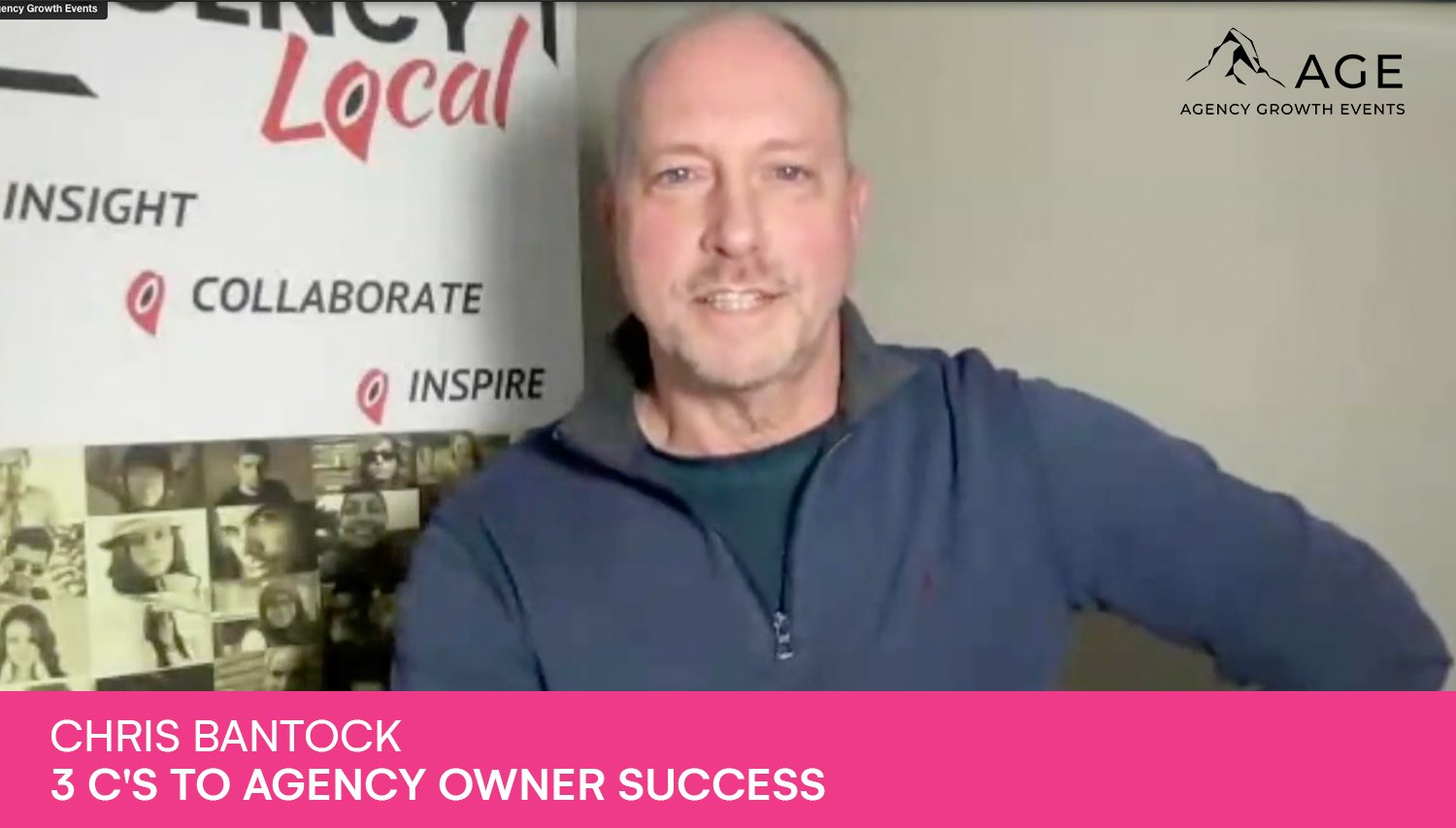S1-E12: 7 steps of a Growth Marketing Strategy Ezgi Ada, NBT
Ezgi Ada, the Director of the Growth Academy at NBT gives a whistle-stop tour of the Growth Marketing HUB.
An open critic of growth hacking, Ezgi and the team at NBT, a London-based Growth Agency, believe in Growth Marketing and sustainable growth strategies. This involves a more holistic and long-term view of growth, which is essential for successful businesses. By understanding the different stages of a growth marketing strategy, you can create a plan that will help your business grow sustainably.
NBT has a four stage approach:
They start with a checkup, an internal analysis, and competitor research evidenced by customer insights. They stay true to the 4Ps of growth marketing: product, placement, price, and promotion.
Product is all about creating a valuable and desirable offering. Placement is about getting your product in front of the right people at the right time. Price is about finding the sweet spot between what your product is worth and what the customer is willing to pay. Promotion is about creating a buzz and generating demand for your product.
Then they'll develop the Growth Marketing Strategy. This includes Persona creation, positioning statements for each funnel, and the creation of the Growth Marketing Funnel.
This will then be used to create a tactical plan. Each growth tactic in their database is associated with the related funnel and persona. Then they add the metrics that allow them to track progress. Then each tactic is assigned to the related Funnel Area: top, middle, or bottom of the funnel (TOFU, MOFU, BOFU)
The last step is managing the delivery of the plan and adapting as the need arises. This means staying on top of your growth metrics and adjusting your tactics as needed. It's important to be flexible and agile so that you can respond quickly to changes in the market.
For NBT, growth Marketing is a process, not a one-time event
Let's look at all these steps in detail:
1) Growth Checkup
The first step in growth marketing is an analysis of your products and services. This includes a review of your current customer base, their demographics, and what you offer them. You'll also need to determine your competition and what they're doing to attract and retain customers. This information will help you to develop a growth marketing strategy that is tailored to your company's strengths and weaknesses.
Internal Analysis
After you have gathered all of the necessary information, it's time to start developing your growth marketing strategy. The first step is to create personas for your target audience. These are fictional characters that represent your ideal customer. Once you have created these personas, you'll need to determine what they want and need from your products and services. This information will be used to create positioning statements for each persona.
Competitor Research
To attract and retain customers, you'll need to know what your competition is doing. This research will help you to develop strategies that are unique to your company. You'll need to determine what they're doing well and what they're doing poorly. This information will be used to create growth marketing tactics that are designed to improve upon your competition's weaknesses.
2) Customer Research
Once you have a solid understanding of your target market and your competition, it's time to start developing growth marketing tactics. But before you can do that, you'll need to gather customer experience insights. This can be done through surveys, interviews, focus groups, and other research methods. This information will be used to create growth marketing strategies that are tailored to the needs and wants of your target market.
In order to establish product-market fit, it's important to understand the entire customer journey across multiple channels. This means understanding how your customers interact with your company and what motivates them to become engaged customers. It also includes understanding their needs and wants and how you can meet or exceed them. Only by understanding the entire customer journey can you create a growth marketing strategy that is effective.
3) Persona Creation
The next step in your growth marketing strategy journey is to create personas for your target audience. These are fictional characters that represent your ideal clients, new users as well as existing customers. Once you have created these personas, you'll need to determine what they want and need from your products and services. This information will be used to create positioning statements for each persona.
There are several different methods you can use to create personas. One popular method is called the "job interview" approach. In this approach, you'll need to gather information about the following:
their age
their marital status
their education level
their occupation
their income level
their interests
their needs
their frustrations
their goals
Personas have been used in traditional marketing for many years. But with the rise of growth marketing, they are becoming even more important. Online marketing is all about targeting specific groups of people and providing them with relevant information, at the right time on the right medium. Personas help to make this process easier by allowing you to target specific groups of people based on their interests, needs, and goals.
4) Positioning Statement
A positioning statement is a key element of growth marketing. It is designed to help you attract and retain customers by clearly stating what your company offers and how it is different from your competition. Your positioning statement should be clear, concise, and easy to understand. It should also be tailored to your target market and include information about what they want and need from your products and services.
Creating a strong positioning statement is essential for growth marketing. It will help you to attract new customers and retain the ones you already have. It's also important to remember that your positioning statement should be tailored to your target market. You need to know what they want and need from your products and services in order to create a statement that resonates with them.
5) Growth Marketing Funnel
Once you have created your personas and positioning statements, you'll need to create growth funnels. These are the steps that a customer takes from awareness to purchase. The growth funnel will help you to track your progress and determine which tactics are working best.
There are several different types of marketing frameworks used in Growth Funnels, but all of them have the same goal: to convert prospects into paying customers. The most common framework is the AIDA model, which stands for Awareness, Interest, Desire, and Action.
The first step in the growth funnel is awareness. This is when a potential customer becomes aware of your company and its products or services. You can create awareness through various marketing tactics, such as SEO, content marketing, and social media marketing.
The next step is interest. This is when a potential customer becomes interested in your products or services. You can create interest through various marketing tactics, such as lead magnets, webinars, and free trials.
The third step is desire. This is when a potential customer desires your products or services. You can create desire through various marketing tactics, such as discounts, coupons, and free shipping.
The fourth and final step is action. This is when a potential customer takes action and purchases your products or services. You can create action through various marketing tactics, such as call-to-actions, landing pages, and sales pages.
The growth funnel is a key element of growth marketing. It helps you to track your progress and determine which marketing tactics are working best. By following the steps in the growth funnel, you can convert more prospects into more engaged customers.
6) Funnel-Based Growth Marketing Plans
Each growth tactic in your plan should be associated with the related funnel and persona. Then, you'll need to add the metrics that you'll use to track progress. Finally, each tactic should be assigned to the related Funnel Area: the top, middle, or bottom of the funnel (TOFU, MOFU, BOFU).
The Top of the Funnel (TOFU) is the awareness stage. The goal of TOFU growth tactics is to generate awareness and interest in your products or services.
The Middle of the Funnel (MOFU) is the interest stage. The goal of MOFU growth tactics is to generate desire for your products or services.
The Bottom of the Funnel (BOFU) is the action stage. The goal of BOFU growth tactics is to generate action and purchase your products or services.
7) Key Metrics
There are several key metrics that you'll need to track to measure the success of your growth marketing strategy. These include:
Leads generated: The number of leads that you generate through your growth marketing strategy.
Conversion rate: The percentage of leads that convert into customers.
Customer acquisition cost (CAC): The amount of money that you spend to acquire a new customer.
Customer lifetime value (LTV): The total value of a customer throughout their lifetime.
Retention rate: The percentage of customers that continue to use your products or services.
Growth rate: The percentage growth in leads, conversion rate, customer acquisition cost, customer lifetime value, and retention rate.
By tracking these key metrics, you'll be able to measure the success of your growth marketing strategy and make necessary adjustments.
Executing your Growth Marketing Strategy
Once you have a solid growth marketing strategy and growth marketing teams or an agency in place, it's time to start execution. It's important to track the results of these growth marketing efforts so that you can determine which ones are working and which ones need to be tweaked or eliminated. This includes setting up systems and processes for tracking progress, monitoring results, and making adjustments to your growth marketing tactics. It's also important to have a team in place that can execute your growth marketing strategy and provide support when necessary.
The key to success is consistency. Contrary to what growth hacking promises, to yield real results, you need to continuously put new growth marketing tactics into action and track the results. This will help you to improve your chances of achieving sustainable growth for your business.
Let's cover the basics of Growth Marketing and how it differs from Growth Hacking.
Growth Marketing is a more long-term and sustainable growth strategy that focuses on attracting and retaining customers. Growth Hacking, on the other hand, is a more short-term strategy that focuses on acquiring new customers as quickly as possible. To understand the differences and similarities we'll look at:
What is a Growth Marketing Agency?
Growth Marketing Agency Benefits for Brands:
How to Become a Growth Marketer?
How to hire Successful Growth Marketers?
What do Growth Marketers Do?
What is a Growth Marketing Agency?
Growth marketing is a holistic and data-driven approach to accelerate growth that focuses on acquisition, engagement, and retention. And a growth marketing agency is a business that provides services and solutions to help clients achieve growth. They typically offer Strategy and Execution and a wide range of digital marketing services, including SEO, social media marketing, content marketing, and more. Where traditional marketing focuses on strategy-focused brand awareness, growth marketing focuses on business growth.
A growth marketing agency understands the business model, the marketing channels, and the entire customer lifecycle of a brand.
Growth Marketing Agency Benefits for Brands:
A growth marketing agency can help brands achieve growth through a data-driven and holistic approach that focuses on acquisition, engagement, and retention. A growth Agency's services are tailored to each client's needs and they will take the time to understand your business goals and target market before developing a growth strategy. This ensures that the services they provide are relevant and valuable.
Growth Agencies employ a team of experts, so you don't have to. When you work with a growth marketing agency, you'll have access to a team of professionals with a range of skills and expertise. This can be beneficial if you don't have the in-house resources to execute a growth strategy effectively.
Brands should expect higher customer engagement, more repeat customers, lower cost of acquiring customers, better-executed marketing campaigns, and higher conversion rates, all leading to rapid growth.
How to Become a Growth Marketer? (and not a growth hacker)
Are you interested in becoming a growth marketer? Here are some tips from the best growth marketers out there:
1. Stay up-to-date on the latest growth marketing trends. Read articles, listen to podcasts, and attend conferences and webinars.
2. Build a strong foundation in data analysis. growth marketing is data-driven, so you must be able to understand and interpret data effectively and fast.
3. Invest time and learn how to use growth marketing tools. There are several tools out there that can help you with various aspects of growth marketing, from SEO to social media marketing to lead generation. A good place to start is the Growth Marketing HUB of NBT, which is a complete growth marketing platform.
How to hire Successful Growth Marketers?
There are a few things to keep in mind when hiring the best growth marketers:
1. Look for someone with a growth mindset. A growth mindset is essential for success in growth marketing. Look for candidates who are always learning and growing, and who are open to feedback.
2. Seek out data-driven individuals. As mentioned earlier, growth marketing is data-driven. So, it's important to hire someone who is analytical and knows how to interpret data effectively.
3. Choose candidates who are creative problem-solvers. growth marketing requires out-of-the-box thinking. Look for candidates who can come up with creative solutions to problems.
4. Select individuals with strong communication skills. Since growth marketing is a team sport, it's important to hire people who can communicate effectively and collaborate well with others. A great growth marketing manager will have to work across your organisation.
What do Growth Marketers Do?
Growth marketers are responsible for executing growth strategies that help businesses achieve their growth goals. They work closely with other members of the marketing team, as well as with other departments (such as product and engineering), to ensure that growth strategies are holistic, and are executed effectively and efficiently.
Growth marketers understand the importance of clean customer data, and how email marketing and a landing page need to be backed up by a precise pricing strategy and a referral program. This is marketing for results, not just effort.
The Executive Summary
The growth marketing industry is rapidly growing, and more and more businesses are realizing the importance of having a growth marketing strategy in place. If you're looking to grow your business, then hiring a growth marketer or a growth marketing agency is a great place to start.
Growth marketers are responsible for executing growth strategies and driving growth for businesses. They work closely with other members of the marketing team, as well as with other departments (such as product and engineering), to ensure that growth strategies are executed effectively and efficiently.
Growth marketers are also responsible for tracking and analyzing data to optimize growth campaigns and track progress towards growth goals. In short, growth marketers are responsible for executing growth strategies and driving growth for businesses.
Here’s another post by us on How Brands Choose Their Growth Agencies.
or some ideas on What do to during the quiet summer days as a Marketing Agency.


